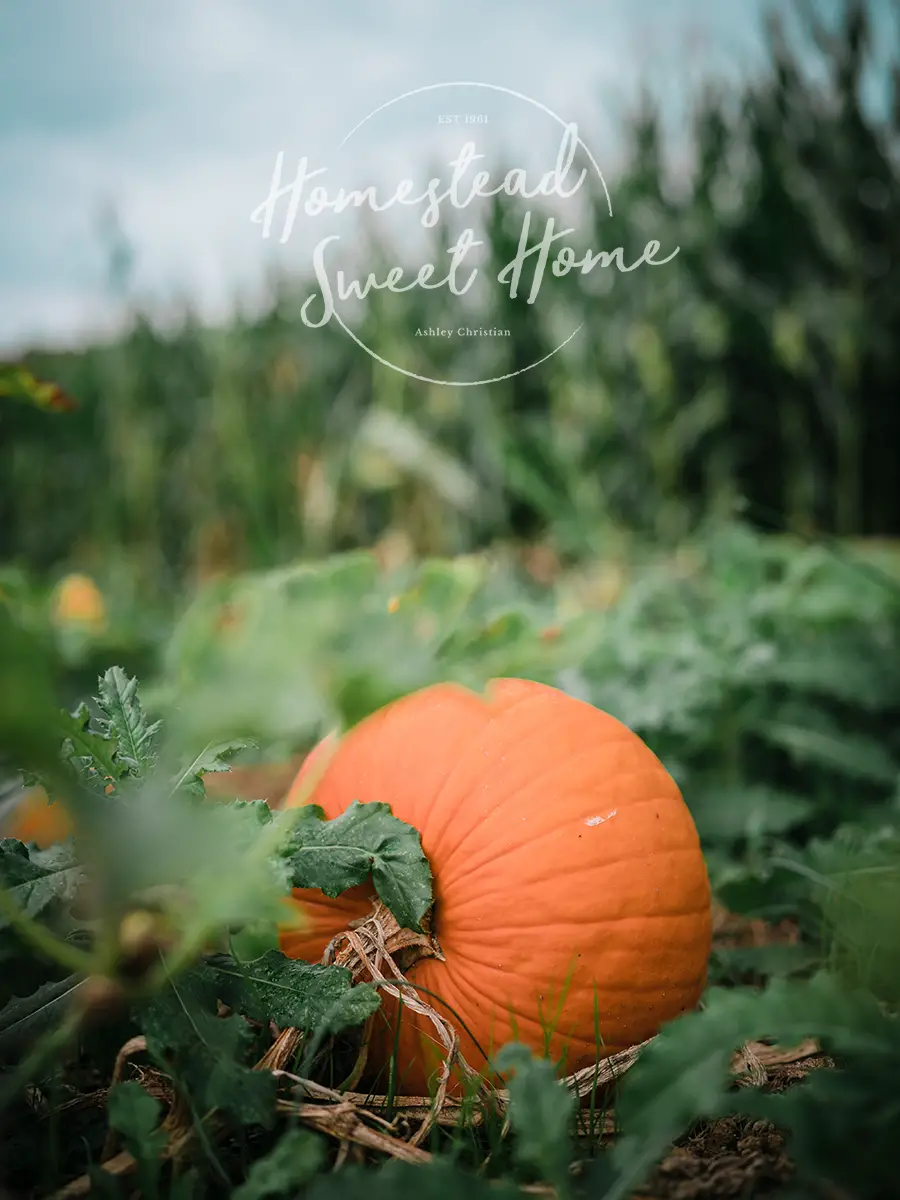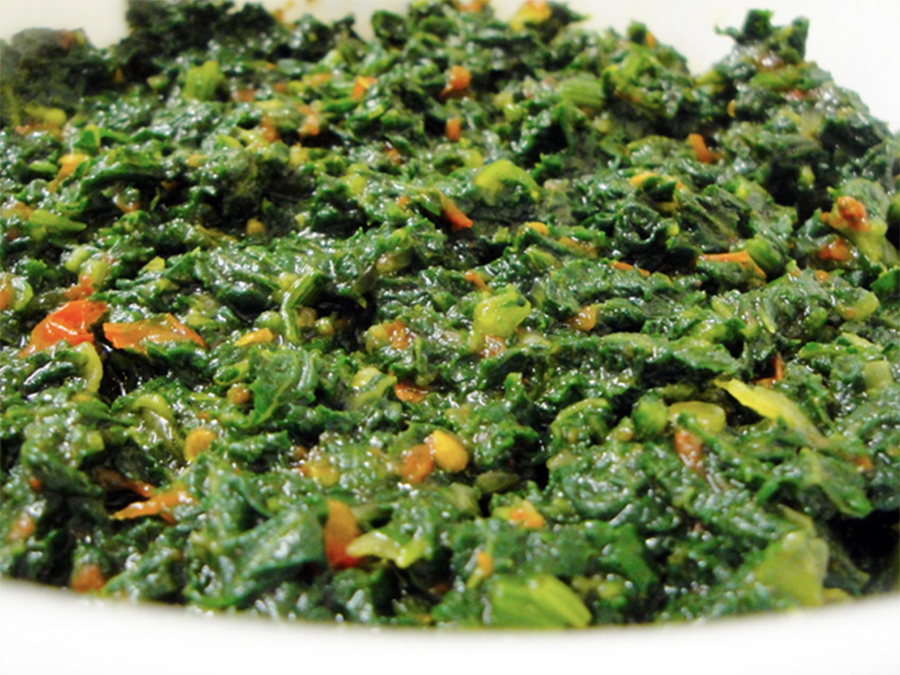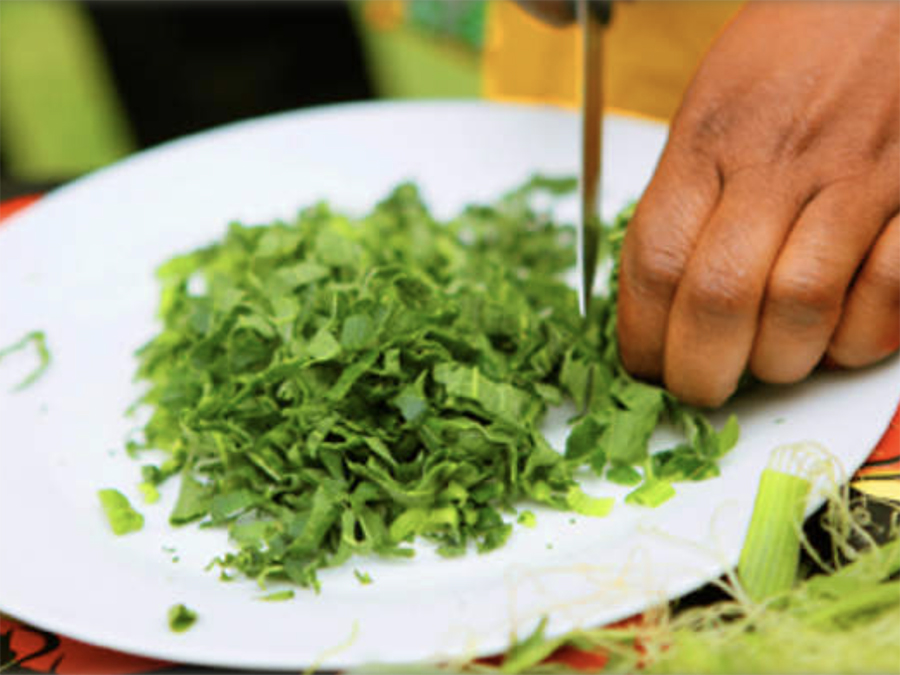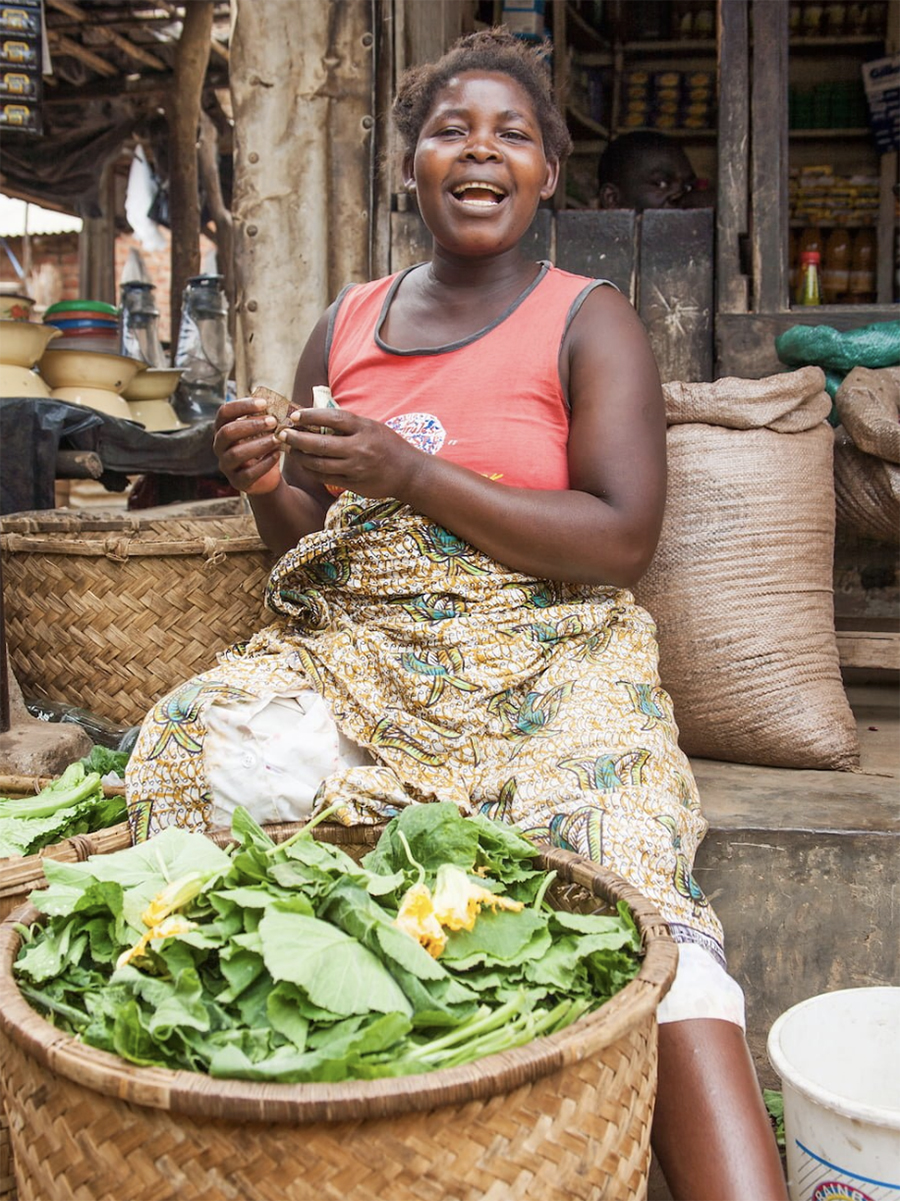Pumpkin Leaves for Dinner — 5 Recipes from Around the World

Is it Safe to Eat Pumpkin Leaves?
Home gardeners will be happy to know that pumpkin leaves are edible, safe to eat, and delicious. Think of them like spinach or collard greens, only sweeter. The younger, smaller leaves are more tender, less bitter, and require less preparation. In many cultures, pumpkin leaves are a staple in their diet.
Why Eat Pumpkin Leaves?
The more we see our favorite products missing from grocery store shelves, it’s causing a shift in how we view our food. We are so much more aware of where food comes from than ever before. These shortages have naturally made us waste less and delight in using every last bit.
The wonderful thing about gardening is that not only does it give us the harvest of food we enjoy at 1/7th of the cost of store-bought produce, but all those extra leaves and stems are very useful. Kitchen scraps and garden plants at the end of the season can be turned into compost, which is gardening gold. Or they can be fed to chickens and cut down on feed costs.
Pumpkin leaves can actually be harvested and eaten before young pumpkins are fully mature. We think they are better that way! Read on to learn how to harvest, prepare, and cook pumpkin leaves.
What is Pumpkin Leaves Good For?
Pumpkin leaves, like other leafy greens such as spinach, kale, and chard, are a rich source of vitamins and minerals. Pumpkin leaves have lots of vitamin A and C, calcium, and antioxidants. Leafy greens are well known for these benefits:
- Support optimal brain function
- Reduce belly bloating
- Make your skin glow
- Relieve stress
- Support bone health
- Support healthy aging
- Improve inflammatory response
- Regulate blood glucose levels
- Support optimal digestion
- Detoxification
- Boost digestive enzymes
- Support immune system
Sign me up for some leafy greens and pumpkin leaves!

How to Harvest Pumpkin Leaves
Pumpkin leaves are best harvested when the leaves are younger, smaller, and more tender. This is true for most leafy greens. A good guideline is to harvest pumpkin leaves when they are about the size of your hand. You do want to take care and not just pick all your pumpkin leaves or your pumpkin plant won’t be able to grow.
It’s best to harvest every other leaf when they are smaller, and let them be when they are bigger. You will likely get several rounds of pumpkin leaf harvest from one plant this way. With this method of picking every other leaf and only picking when they are smaller, you can enjoy both the leaves and the pumpkin itself.
Once you’ve harvested your pumpkin leaves, wash and dry them so they are free of any bugs or debris. If you plan to eat your pumpkin leaves raw in a salad, you’ll need to de-spine the fibrous stem and veins first. To do this you simply turn the pumpkin leaf upside down, split the stem with your nail, and pull the spiky layer down and off the stem and leaf one section at a time.
This is a tedious process you can skip if you plan to cook your pumpkin leaves and you picked them when they were young. I enjoy cooked pumpkin leaves so I simply skip peeling the outer layer and cut off the stems and chop the leaves to prepare for cooking.
I keep a small container in my kitchen for scraps like the stems and carry it out to the compost pile every few days. Older generations like my grandfather and his mother who lived off of their victory garden and meat rabbits during World War II knew the virtue of using every part of the plant, and composting the parts they didn’t use. It’s a way to be intimately connected with the life cycles of our food, cut costs, and enjoy a garden and plants that truly thrive.
How Do You Eat Pumpkin Leaves?
Now that you’ve chopped your leaves and recycled those spiky stems, you’re ready to cook your pumpkin leaves. For the sake of simplicity, you can simply saute your pumpkin leaves in some olive oil or grass-fed butter, add garlic, salt and pepper, and chopped tomatoes and dig in. It really is that easy! But I know you’ll want some recipes, so I’m including some tried and true favorites from around the world to test out with your pumpkin leaves.
Kumro Pata Torkari — Pumpkin Stem and Leaf Curry from Bengal

Mumbora — Traditional Pumpkin Leaf Saute from Zimbabwe

Peanut Pumpkin Leaves — Sauteed Pumpkin Leaves with Peanuts and Palm Oil from the Congo

Pumpkin Leaf Patra — Stuff Fried Pumpkin Leaves from India

Ugu — Porridge Yam and Pumpkin Leaves from Nigeria

How to Grow Healthy Pumpkins
You can order pumpkin leaves online, but it’s more fun to grow them yourself and enjoy the slow process of growing food in your backyard. Choose varieties for baking, carving, or even colorful or white pumpkins to mark the season. Nothing says fall quite like a pumpkin.
Find your last frost date with your zip code at the Farmer’s Almanac, and plant your seeds in an area with full sun after your last frost date. You can use the average days to harvest on your seed packet and time your harvest as desired. For example, a pumpkin that takes 100 days to harvest, can be planted in mid-July to be ready for Haloween.
I recommend you test your soil and add organic fertilizers as needed. In nearly all cases, your soil will benefit from added compost. You’ll need to water daily until your seeds sprout, then you can scale back to watering about one inch of water once per week, adjusting for rainfall. Vegetable gardens do best when they are watered more deeply and less often like this.
If you are limited in your inground gardening space, you can always grow one pumpkin in a large container like a half-whiskey barrel. When planting in a raised bed you’ll want to follow one of these two basic soil recipes:
- 60/30/10—60% topsoil, 30% compost, and 10% potting soil (this is actually a soilless blend of peat moss, vermiculite, and/or perlite.
- 50/50—50% topsoil and 50% compost
What about you, have you ever eaten pumpkin leaves before? Let us know your experience in the comments below!

Leave a Reply